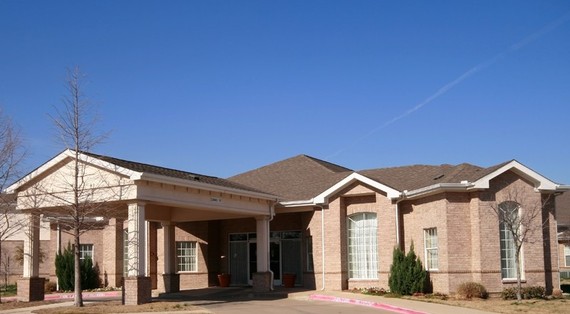The baby boomers are coming, and smart investors are checking out real estate investment opportunities. Current estimates are that 10,000 boomers are turning 65 every day.
Baby boomers are defined as those people born from 1946 through 1964. They began turning 65 in 2011, and they will continue to do so for the next 19 years. They are estimated to number 79 million, 26 percent of the population.
The big investors are already getting heavily involved in large institutional nursing facilities. This allows them to participate as passive investors, and they are also heavily buying into REITs, Real Estate Investment Trusts.
This is great for the big players, but what about smaller investors, or those who want to take a more active role for higher returns? Called ALFs, Assisted Living Facilities, in most states, there isn't usually a minimum size requirement.
If you're a rental property investor or a fix & flip investor, there is plenty of opportunity out there for conversion of larger homes into ALFs. Sure, there will be more state and local regulation and codes will be stricter, but it can be well worth the extra work.
For the residential to ALF conversion, it's all about cash flow and location. Location is always important, but it is even more so when your residents will be more likely to want to walk to shop and for entertainment. Some may even be unable to maintain their driving privileges.
Older well-established neighborhoods near city centers will be a great place to search for the right homes to convert. According to some experts, you want to place more emphasis on bathrooms than bedrooms, as it's more costly to convert or add bathrooms. Spaces, even garages, are easier and less expensive to convert to bedrooms and avoid the cost of plumbing for bathrooms. So, a high ratio of baths to bedrooms is good.
A little like college rental homes, you enjoy multiple tenants under one roof. There is some economy of scale in services and other costs using this approach. The cost of the property, even in more affluent neighborhoods, isn't as big of a consideration as in single tenant rentals. Buying a larger home that allows you to place three or four extra tenants can be an excellent cash flow decision, as even doubling the cost and debt service is easily absorbed by extra tenants' rents.
For this reason you're not always trying to buy at a discount to value as in single family rental units. You can afford to pay up for the right home in a great location with multiple bedrooms and baths, as cash flow improves significantly.
Property selection becomes more of a challenge. First, location is more important to your tenants, so it must be more important for you as well. You'll also have to be careful of local and state regulations specific to this type of use. You will need to be very careful to study building codes and factor in the extra costs for access and facilities unique to ALFs. You may also want to pad the ongoing budget a bit to pay for faster or better maintenance and services for a more demanding tenant.
The trade-off however is great rental income. It is common for the ALF tenant to pay significantly higher than normal area rents, sometimes as much as double. Locating a 6+ bedroom home with as many bathrooms or ability to convert and add bed and bath spaces can provide a handsome return on investment.
It's the beginning of a healthy growth trend, and smart real estate investors are taking notice.

